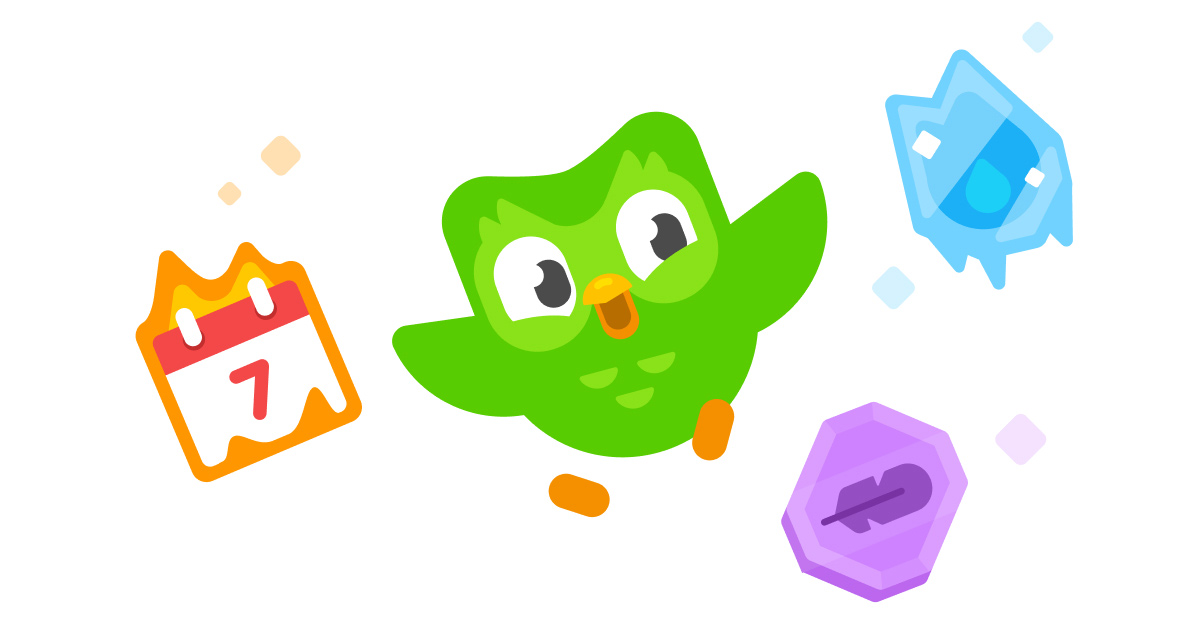Introduction
Greetings, everyone.
This thread is a replacement for the apparently concluded thread started in 2019 by Tempered Zen.
I intend this thread to be a continuation of that earlier discussion, but in a forum with more impact and with greater longevity.
Things to discuss in this thread (friendly guidelines to help foster well-informed, constructive and civil discussions):
- pre-Columbian (pre-contact) Native American history and alternate history (so please, no debates on US-Indian Wars of the 1800s)
- existing knowledge (including latest research and finds) on OTL history of the indigenous cultures of the Americas prior to (or at most very early into) European contact
- potential points of divergence for Pre-Columbian alternate history scenarios and timelines/stories
- the writing aspects of timelines and other alternate history stories that involve pre-Columbian cultures
- existing
What not to discuss in this thread (friendly guidelines to avoid arguing or causing embarassments):
- as this thread doesn't focus on post-contact (post-Columbian) history or PODs, don't discuss post-contact topics, especially not of a thorny political nature, whether historical or current (on that note, current political discussions are not allowed in this thread, take them to Political Chat)
- do not use discredited pseudoarchaeological/pseudohistorical hypotheses, or highly controversial or dubious-at-best hypotheses/theories about pre-Columbian native cultures, that weren't verified by a peer-review process and are fringe or otherwise not accepted by the vast majority of people working in the field of historical, archaeological and ethnographic research of Native American cultures
- if you have an ASB idea involving Pre-Columbian Native American cultures, please post it in the ASB forum, as it does not fit the Before 1900 forum
Links on our wiki:
- Native American points of divergence (detailed overview)
- Native American linguistic resources (not quite complete, but already covers a huge number of languages)
- general resources on native cultures worldwide (includes resources on indigenous cultures of the Americas)
- Native American timelines and AH stories
Ladies and gentlemen, feel free to engage in respectful and insightful discussion in this general discussion thread.
Don't be shy, the continued existence of this thread depends on your posts.
This thread is a replacement for the apparently concluded thread started in 2019 by Tempered Zen.
I intend this thread to be a continuation of that earlier discussion, but in a forum with more impact and with greater longevity.
Things to discuss in this thread (friendly guidelines to help foster well-informed, constructive and civil discussions):
- pre-Columbian (pre-contact) Native American history and alternate history (so please, no debates on US-Indian Wars of the 1800s)
- existing knowledge (including latest research and finds) on OTL history of the indigenous cultures of the Americas prior to (or at most very early into) European contact
- potential points of divergence for Pre-Columbian alternate history scenarios and timelines/stories
- the writing aspects of timelines and other alternate history stories that involve pre-Columbian cultures
- existing
What not to discuss in this thread (friendly guidelines to avoid arguing or causing embarassments):
- as this thread doesn't focus on post-contact (post-Columbian) history or PODs, don't discuss post-contact topics, especially not of a thorny political nature, whether historical or current (on that note, current political discussions are not allowed in this thread, take them to Political Chat)
- do not use discredited pseudoarchaeological/pseudohistorical hypotheses, or highly controversial or dubious-at-best hypotheses/theories about pre-Columbian native cultures, that weren't verified by a peer-review process and are fringe or otherwise not accepted by the vast majority of people working in the field of historical, archaeological and ethnographic research of Native American cultures
- if you have an ASB idea involving Pre-Columbian Native American cultures, please post it in the ASB forum, as it does not fit the Before 1900 forum
Links on our wiki:
- Native American points of divergence (detailed overview)
- Native American linguistic resources (not quite complete, but already covers a huge number of languages)
- general resources on native cultures worldwide (includes resources on indigenous cultures of the Americas)
- Native American timelines and AH stories
Ladies and gentlemen, feel free to engage in respectful and insightful discussion in this general discussion thread.
Don't be shy, the continued existence of this thread depends on your posts.
Last edited:
